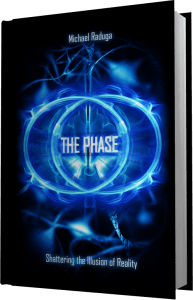Wonder what is quantum physics? What a dummy you are! Get these 10 amazing quantum physics facts with pictures for dummies. Your world will never be the same after you take a look at these discoveries:
1. Wave function collapse
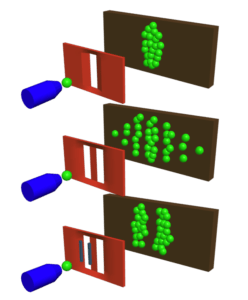
In 1803, Thomas Young sent a beam of light through an opaque plate with two slits in it. Instead of seeing the expected two lines on the viewing screen, he saw several lines, as if two waves of light from the two slits had been interfering (overlapping) with each other. It was the beginning of quantum physics. Every dummy should know it! Over the 20th and 21st centuries, it has been proven that not only light, but also individual elementary particles and even some molecules behave as waves – as if they were going through both slits at the same time. However, if you place a sensor at the slits that observes what exactly happens to the particle at that point, and which slit it finally ends up going through, then only two lines will appear on the projection screen, as if the fact of observation (indirect influence) collapses the wave function and the experiment subject behaves as a particle.
2. Heisenberg uncertainty principle
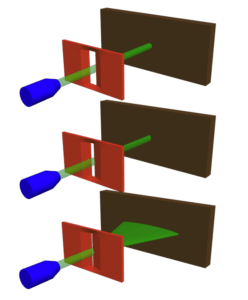
Thanks to a 1927 discovery, thousands of scientists and students have repeated one and the same simple experiment by shining a laser through a hole that gradually becomes smaller. Logically, the visible laser point on the projection screen shrinks as the hole contracts. But when the hole becomes narrow enough, the laser point suddenly widens and expands across the screen until the hole closes. This is the clearest proof of the quintessence of quantum physics – the Heisenberg uncertainty principle, which states: The more precisely we define one of a pair of properties in a quantum system, the more uncertain the other property becomes. In this case, the more precisely we define the position of the laser photons by making the hole smaller, the more uncertain their momentum becomes.
3. Meissner effect
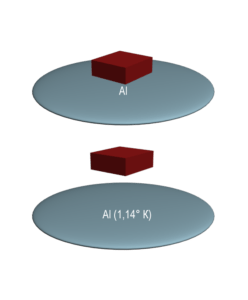
In 1933, Walther Meissner discovered that in a superconductor that has been cooled down as much as possible, the magnetic field will be expelled. This phenomenon has been dubbed the Meissner effect. If a regular magnet is placed on aluminum (or any other superconductor) that is then cooled using liquid nitrogen, the magnet will levitate and hang in the air, as it will “see” its own magnetic field of the same polarity expelled from the cooled aluminum, and the same sides of magnets repel each other.
4. Superfluidity
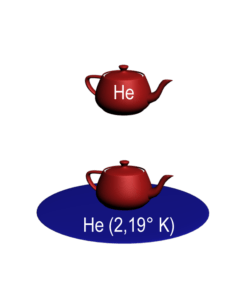
In 1938, Pyotr Kapitsa cooled liquid helium to a near-zero temperature and discovered that the substance had lost its viscosity. The phenomenon was dubbed “superfluidity.” If you pour liquid helium into a glass, it will still creep up along the sides and drip out of it. In fact, as long as the helium is sufficiently cold, there are no limits to it creeping up and dripping out, regardless of the shape and size of the glass. At the close of the 20th century and beginning of the 21st, superfluidity was also discovered in hydrogen and various gases.
5. Quantum tunneling
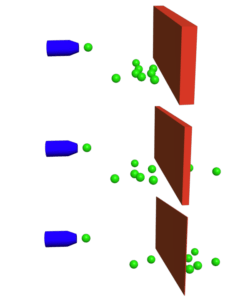
In 1960, Ivar Giaever conducted experiments on superconductors separated by microscopic film made of aluminum oxide, which does not conduct electricity. It turned out that a portion of the electrons still passed through the insulation. This confirmed the theorized possibility of a quantum tunneling effect. This applies not only to electricity, but also to all elementary particles: according to quantum physics, they are waves. They can go through a barrier if the width of that barrier is less than the particles’ wavelength. The narrower the barrier, the more often particles can go through it.
6. Quantum entanglement
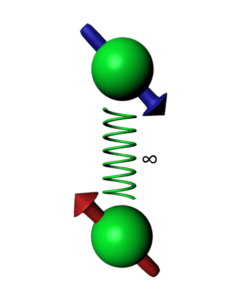
In 1982, Alain Aspect sent two simultaneously created photons to opposite-direction spin (polarization) detectors. It turned out that measuring the spin of one photon instantly affects that of the other photon, which will be the opposite. This proved the possibility of the quantum entanglement of elementary particles and quantum teleportation. In 2008, scientists were able to measure the state of quantum-entangled photons at a distance of about 90 miles, and interaction between them was still instantaneous, as if they were at the same place or there was no distance. It is believed that if such quantum-entangled photons appear at opposite ends of the Universe, then interaction between them will still be instantaneous, even though it would take tens of billions of years to cover that distance at the speed of light.
7. Quantum Zeno effect
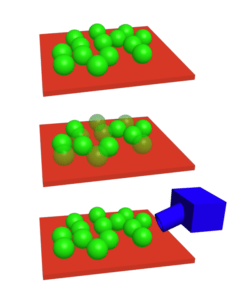
In 1989, a group of scientists led by David Wineland observed the speed at which beryllium ions transitioned between atomic levels. It turned out that the very act of measuring the state of the ions slowed their transition between states. At the beginning of the 21st century, a 30x slowdown was achieved in a similar experiment with rubidium atoms. This all confirms the Quantum Zeno effect, which states that the mere act of measuring the state of an unstable particle slows its rate of decay, and could theoretically halt it.
8. Delayed choice quantum eraser
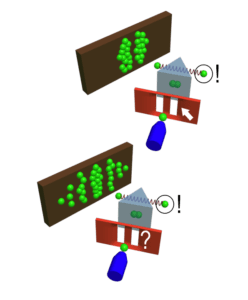
In 1999, a group of scientists led by Marlan Scully sent photons through two slits, behind which there was a prism that converted each outgoing photon into a pair of quantum-entangled photons and split them into two paths. The first path sent photons to the main detector. The second path sent photons to a complicated system of reflectors and detectors. It turned out that if a photon from the second path reached detectors determining which slit it had flown through, then the primary detector would register its paired photon as a particle. But if the photon from the second path reached detectors that didn’t determine which slit it had flown out of, then the main detector would register its paired photon as a wave. Measuring one photon affect its twin, regardless of distance and time, as the secondary system of detectors registered photons after the main one had. It’s as if the future determined the past.
9. Quantum superposition
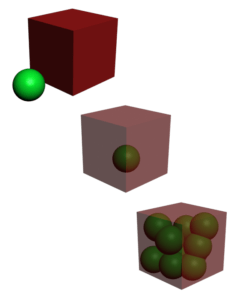
In 2010, Aaron O’Connell placed a small piece of metal in an opaque vacuum chamber that he cooled to nearly absolute zero. He then sent a pulse of energy to the metal so that it would vibrate. However, the position sensor indicated that the metal was both vibrating a little and still at the same time. This was the first time superposition had been observed in a macroscopic object. In isolation, when there is no interaction among quantum systems, an object can simultaneously be in an unlimited number of possible positions, as if it were no longer material.
10. Quantum Cheshire Cat
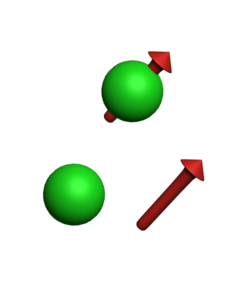
In 2014, Tobias Denkmayr and his colleagues split a stream of neutrons into two beams and conducted a series of measurements. It turned out that in certain circumstances, neutrons can be on one path, and their magnetic moment on another. This proved the quantum paradox dubbed the “Cheshire Cat’s smile,” which is when particles and their properties can be perceived as being located in different areas of space, like the smile separated from the cat in Alice in Wonderland.
The article “Quantum physics for dummies” is a quote from
The Phase. Shattering the Illusion of Reality
by Michael Raduga
“All my life I sought an elegant solution to one odd riddle. I sought it from Siberia to California, from the field of neurophysiology to quantum physics, and in illegal experiments on thousands of people. But the answer I found sent me into shock and changed my entire perception of reality. Unlike others, I offer not only a new perspective on the world, but also step-by-step practices that can shake the pillars of your limited reality, and give you revolutionary new tools for obtaining information, self-healing, travel, entertainment, and much more.”
(Download an old version (2011) OR buy the newest one (2015) on Amazon)

